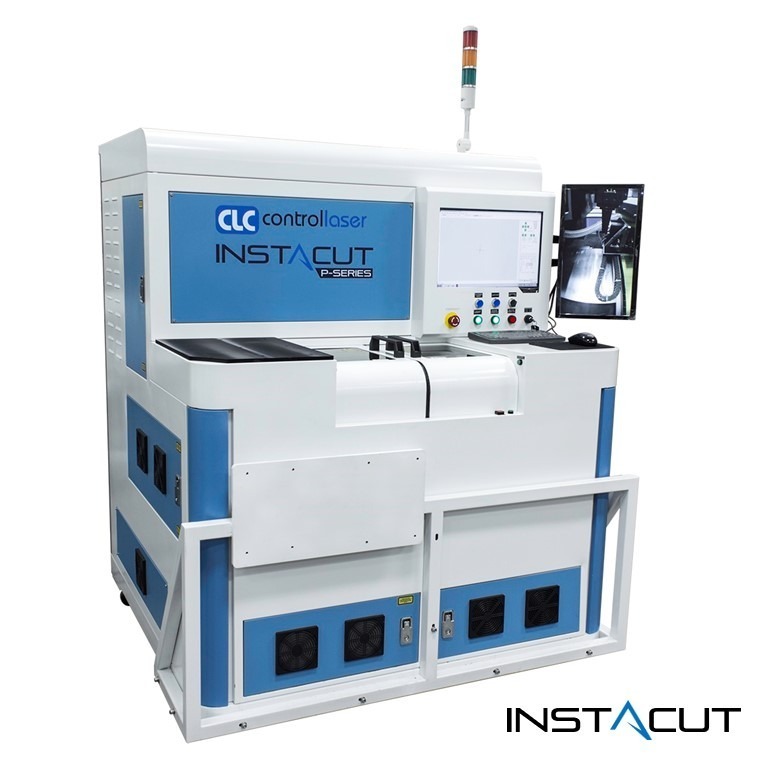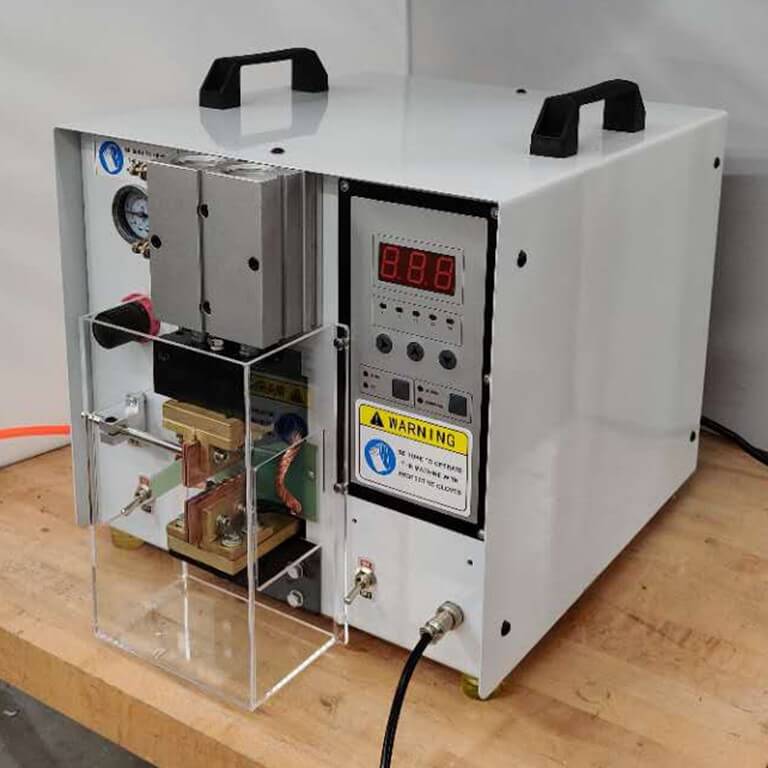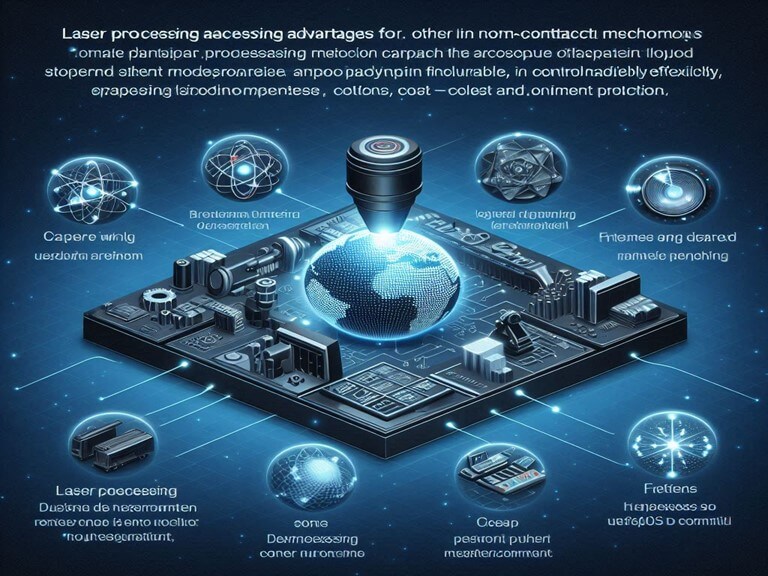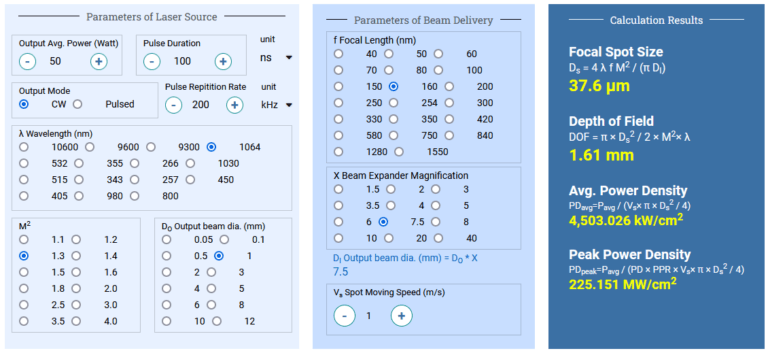Laser Equipment Buyer’s Guide
Hello, I’m interested in purchasing laser equipment but I’m not sure where to start. I’ve heard there are four key questions to clarify before purchasing. What are these four questions?
I’m happy to help! Before purchasing laser equipment, it’s indeed important to clarify these four key questions:
- What’s the difference between a laser source, laser system, and laser equipment?
- How to choose between standard and customized laser equipment?
- How to balance current needs with future performance expansion?
- What basic questions should I consider when clarifying my needs?
Let me explain each one in detail.
Alright, let’s start with the first question: What’s the difference between a laser source, laser system, and laser equipment?
1. Laser Source vs. Laser System vs. Laser Equipment
Many manufacturers provide industrial laser products at different levels of completion, but all are referred to as “lasers.” Some new buyers misunderstand the scope of these concepts and end up purchasing non-functional laser sources.
A laser source is merely a component-level product. Without further integration, it cannot even emit a beam. A laser system integrates the laser source with a controller, computer, and software, allowing user control and operation.
When further integrated with a workstation that blocks radiation risks and includes fixture plates for workpiece positioning, it becomes laser equipment. Except for a small number of laser integrators, most end users actually need laser equipment rather than just a laser source or system, even though all are called “lasers.”
I see. Now for the second question: How to choose between standard and customized laser equipment?
2. Standard vs. Customized Laser Equipment
Many new buyers approach industrial equipment with a consumer goods mindset—reading datasheets or contacting the first vendor they find, then shopping around based on those parameters. This approach works to some extent for standard laser equipment.
However, statistics show that over 80% of buyers actually require some level of customization to meet their specific needs.
Minor customizations include:
- Designing and marking fixtures for specific workpieces
- Modifying dimensions to fit the operator
- Replacing electrical safety components with specified brands
- Painting the machine enclosure in different colors
Significant customizations include:
- Integrating the laser system into a production line
- Customizing beam delivery design or laser source
- Innovative design of automation subsystems
This is very helpful! Now for the third question: How to balance current needs with future performance expansion?
3. Balancing Current Needs and Future Performance Expansion
Different sales representatives may propose various machine configurations, with some directly advising you to choose higher-power laser sources or more precise motion control modules.
However, as laser technology advances rapidly, price reductions typically occur every three to five years. The wise approach is to select a configuration that fits your current processing needs, with perhaps a slight buffer for future requirements.
Find a vendor who can provide retrofit and upgrade services to extend your machine’s performance in the future, ensuring your investment has a shorter return period.
Okay, final question: What basic questions should I consider when clarifying my needs?
4. Basic Questions When Clarifying Your Needs
Where will the machine be placed? Options include cubicle tabletop, workbench top, and freestanding versions, suitable for lab offices, small workshops, and large factory floors respectively.
Which laser system should I choose? Most laser equipment manufacturers offer free pre-sale sampling application studies. Send your workpiece samples and review the sampling report to ensure the machine performance matches your needs.
Should I consider automation integration from the beginning? This depends on your business model. Calculate your production volume for investment return by dividing the total equipment and labor costs by the workpiece unit margin. Compare this with your order forecast to establish a decision-making basis for immediate purchase or future upgrade.
Some application scenarios can’t rely on simple economic analysis, such as lab inspection equipment linked to large production yields. In these cases, consider using a lower-risk approach to decision-making.
Thank you so much! This information is extremely helpful. I now have a much clearer understanding of purchasing laser equipment.
You’re welcome! If you have any other questions, feel free to ask. Good luck with your purchase!




